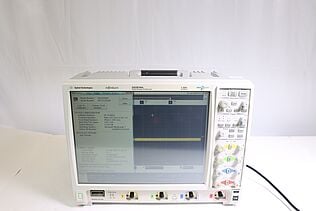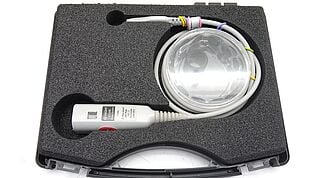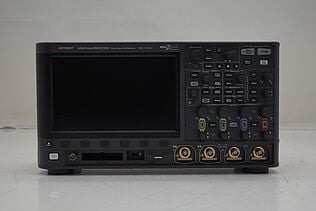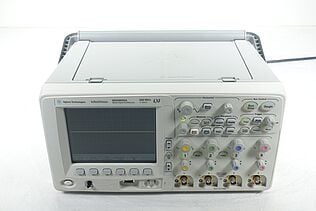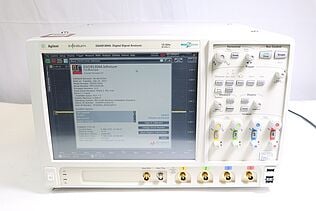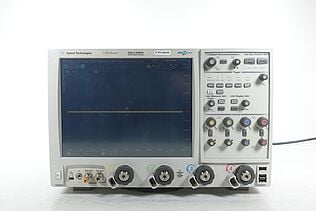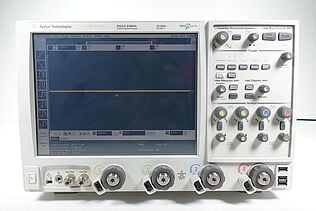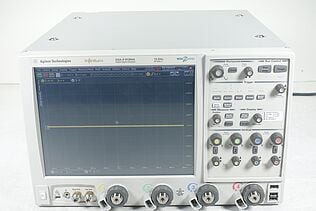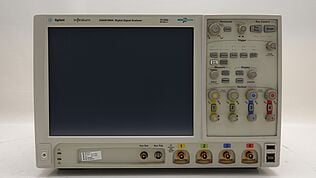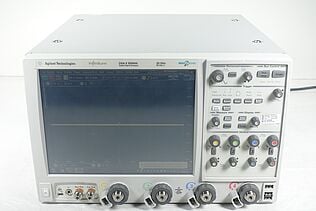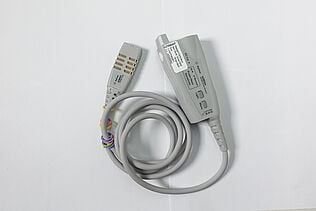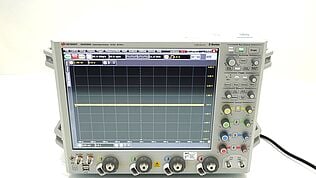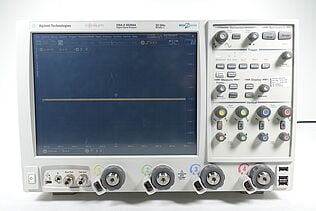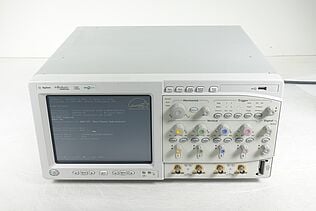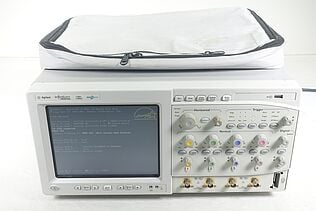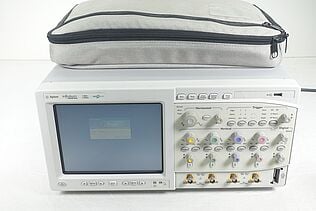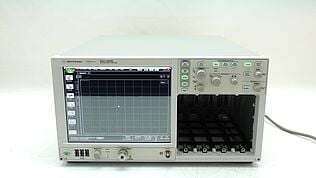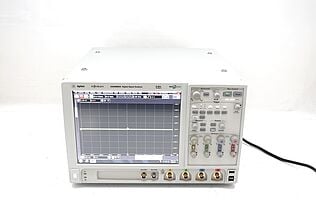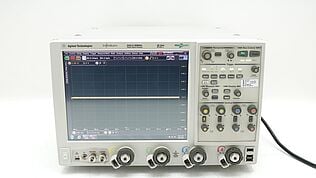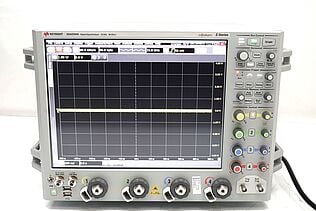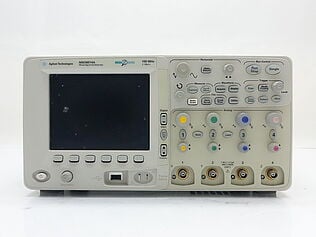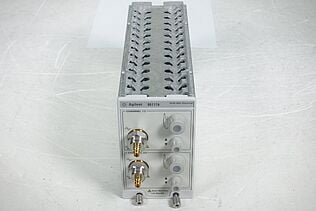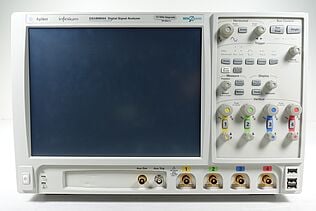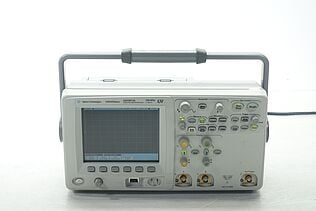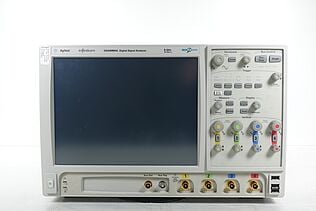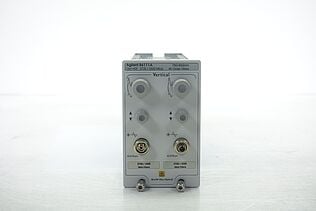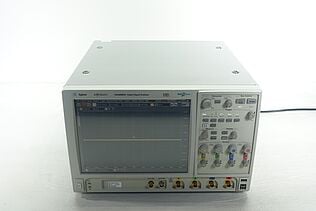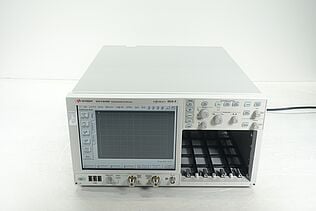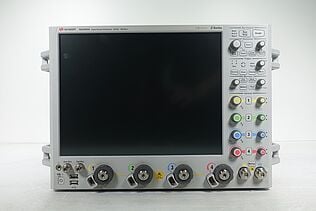- Introduction
- Reverse Isolation Explained
- S Parameters and S12 Measurement
- Importance of S12 Measurement
- Implementing Reverse Isolation
- Comparison of Reverse Isolation Techniques
- Choosing the Right Method
- Factors to Consider When Choosing a Reverse Isolation Method
- Benefits of Reverse Isolation
- Enhanced Safety
- Increased Flexibility
- Reduction in Noise and Interference
- Key Considerations for Reverse Isolation
- Proper Grounding Practices
- Key Takeaways
- Keysight Oscilloscopes
- Whenever You’re Ready, Here Are 4 Ways We Can Help You
As the world of electronics grows increasingly complex and interconnected, ensuring accurate measurements and safeguarding sensitive components has become a top priority for engineers and technicians alike. Oscilloscopes, indispensable tools for visualizing and analyzing electrical signals, play a critical role in diagnosing and troubleshooting electronic circuits. This article delves into reverse isolation, exploring its underlying principles and practical implementation.
Buy Oscilloscopes at a Great Discount
Reverse Isolation Explained
Reverse isolation refers to the degree of isolation between a device's output and input, effectively measuring how well a signal applied to the output is prevented from reaching the input. When measuring reverse isolation, the process is similar to forward gain, with a few key differences: the stimulus signal is applied to the amplifier's output port, and the response is measured at the input port.
| Key Takeaways |
|---|
| Reverse isolation is a crucial parameter that quantifies the isolation between a device's output and input, ensuring signal integrity and accurate operation in electronic devices such as amplifiers. |
S Parameters and S12 Measurement
Scattering parameters, or S parameters, are a powerful tool for characterizing the behavior of linear electrical networks, such as amplifiers, filters, and transmission lines. S parameters describe the relationship between a network's input and output signals, accounting for reflections, transmission, and isolation. They are especially useful for high-frequency applications, providing valuable network performance insights.
The four primary S parameters are:
- S11- Input reflection coefficient, indicating the proportion of the input signal that is reflected back to the input port.
- S21- Forward transmission coefficient, representing the proportion of the input signal transmitted to the output port.
- S12- Reverse isolation coefficient, describing the proportion of the signal from the output port that reaches the input port. The reverse isolation coefficient is always expressed as a positive number.
- S22- Output reflection coefficient, indicating the proportion of the output signal that is reflected back to the output port.
Importance of S12 Measurement
The S12 parameter, or reverse isolation, is particularly relevant to reverse isolation in oscilloscopes and electronics. S12 represents the isolation between a network's output and input ports, reflecting the network's ability to prevent signal leakage from the output to the input. A low S12 value indicates a high level of reverse isolation, which is desirable for protecting sensitive components, reducing noise interference, and ensuring accurate measurements.
Measuring the S12 parameter can provide valuable information about the performance of an isolation barrier or reverse isolation system, allowing engineers and technicians to optimize their designs and ensure the desired isolation level is achieved. To measure S12, a network analyzer is typically used, which can generate and measure high-frequency signals and calculate the S parameters of the network under test.
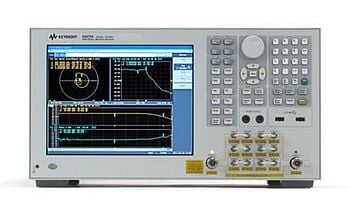
Implementing Reverse Isolation
There are several methods for reverse isolation in oscilloscopes and electronic devices:
- Using isolation transformers: These devices electrically separate the primary and secondary circuits using magnetic coupling, preventing direct current flow between them.
- Employing optocouplers: These components use light to transmit electrical signals across an isolation barrier, ensuring no direct electrical connection between input and output.
- Utilizing differential probes: These oscilloscope probes measure the voltage difference between two points while rejecting common-mode signals, providing high isolation.
Comparison of Reverse Isolation Techniques
| Technique | Advantages | Disadvantages |
| Isolation Transformers | Highly effective, cost-effective | Bulky, limited frequency |
| Optocouplers | Compact, fast response time | Limited voltage range, sensitivity to temperature changes |
| Differential Probes | High accuracy, wide bandwidth | Expensive, complex setup |
Choosing the Right Method
The choice of reverse isolation method depends on several factors, including the application, desired level of isolation, and budget. To make an informed decision, consider the following questions:
- What is the frequency range of the measured signals?
- How much isolation is required to ensure safe and accurate measurements?
- What is the acceptable trade-off between cost and performance?
Factors to Consider When Choosing a Reverse Isolation Method
| Factor | Isolation Transformers | Optocouplers | Differential Probes |
| Frequency Range | Low to medium | High | High |
| Isolation Level | High | Medium to high | High |
| Cost | Low to medium | Low | High |
Benefits of Reverse Isolation
By eliminating ground loops and minimizing noise, reverse isolation can significantly enhance the accuracy of oscilloscope measurements. This is particularly important for applications that require precise measurements, such as power electronics or sensitive analog circuits.
Enhanced Safety
Reverse isolation can protect both the oscilloscope and the DUT (Device under Testing) from damage due to voltage spikes or ground loops, preventing costly equipment damage and safeguarding the user from potential electrical hazards.
Increased Flexibility
Implementing reverse isolation allows users to connect oscilloscopes to devices with different ground potentials, enabling more versatile testing and analysis. This flexibility can be especially useful in industrial environments or with devices with multiple power supplies.
Reduction in Noise and Interference
Reverse isolation can minimize the impact of noise and interference from external sources, such as power lines or other electronic devices, resulting in cleaner signals and improved measurement precision.
Key Considerations for Reverse Isolation
Choosing components that meet your application's specific needs is crucial when implementing reverse isolation. This includes considering factors such as voltage rating, bandwidth, isolation level, and compatibility with your oscilloscope or electronic device.
Proper Grounding Practices
Even with reverse isolation in place, it is essential to maintain proper grounding practices to ensure safe and accurate measurements, including using a single-point grounding system, keeping ground leads as short as possible, and minimizing ground loops.
Key Takeaways
By understanding its principles, implementation methods, and benefits, engineers, and technicians can decide on the most suitable reverse isolation solution for their specific needs. With proper implementation and maintenance, reverse isolation can significantly improve measurement accuracy, protect equipment, and increase flexibility in various testing and analysis applications.
Keysight Oscilloscopes
Buying a used oscilloscope is the best way to save money without sacrificing quality. You can save up to 90% when purchasing from Keysight Technologies!
We offer a wide range of high-quality, premium refurbished oscilloscopes backed by a 1-year warranty. You can be confident you are choosing a quality oscilloscope supported by a trusted manufacturer.
Check out our premium Used Equipment page to choose a premium refurbished oscilloscope with some of the highest standards and specifications in the industry.

Browse Oscilloscopes at a Great Discount
Select up to 3 instruments to compare
Enable Notifications
In order to use this feature, you need to enable notifications.
Manage notification preferences
Whenever You’re Ready, Here Are 4 Ways We Can Help You
- Browse our Premium Used Equipment.
- Call tech support US: +1 800 829-4444
Press #, then 2. Hours: 7 am – 5 pm MT, Mon– Fri - Talk to our sales support team by clicking the icon (bottom right corner) on every offer page
- Talk to your account manager about your specific needs

